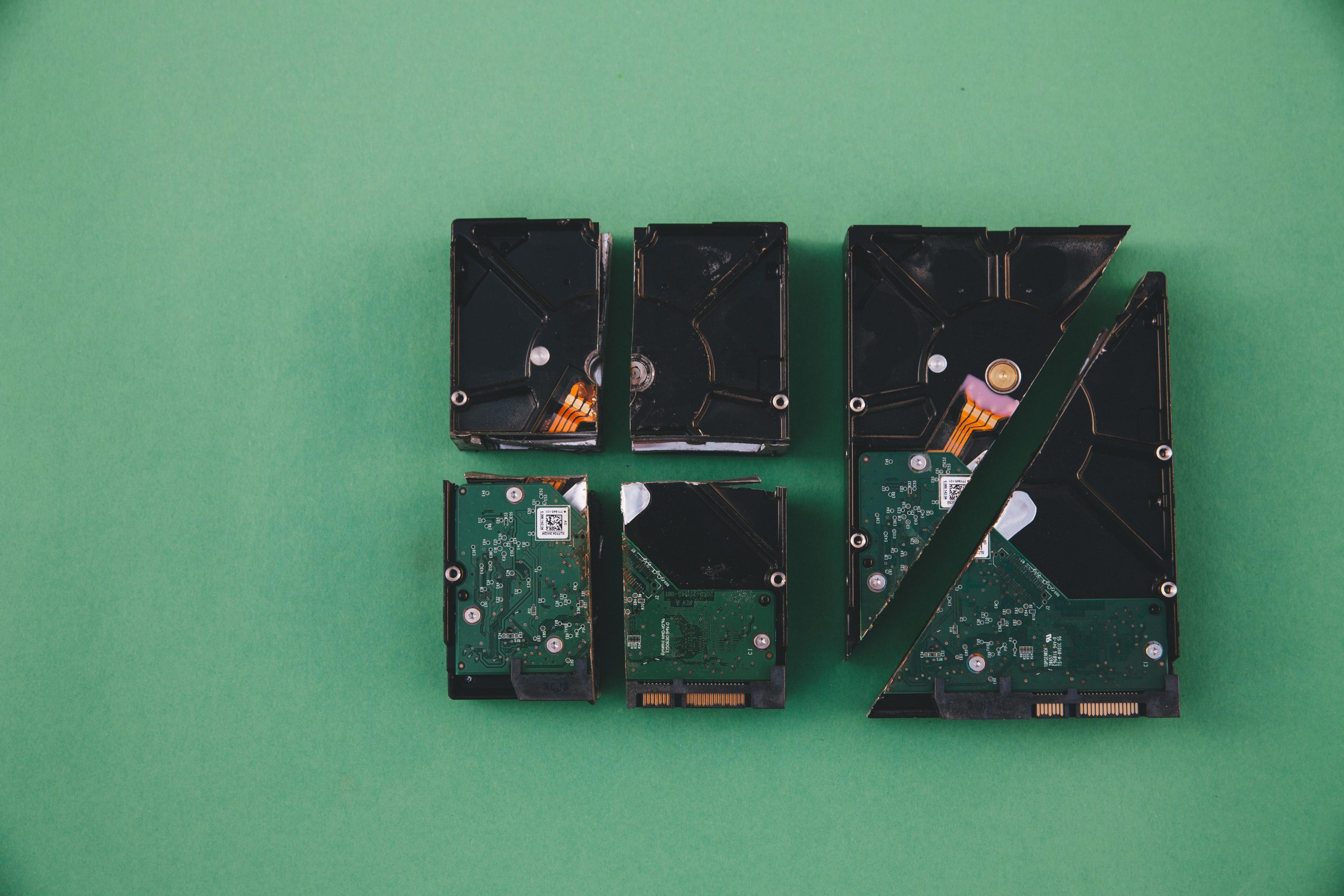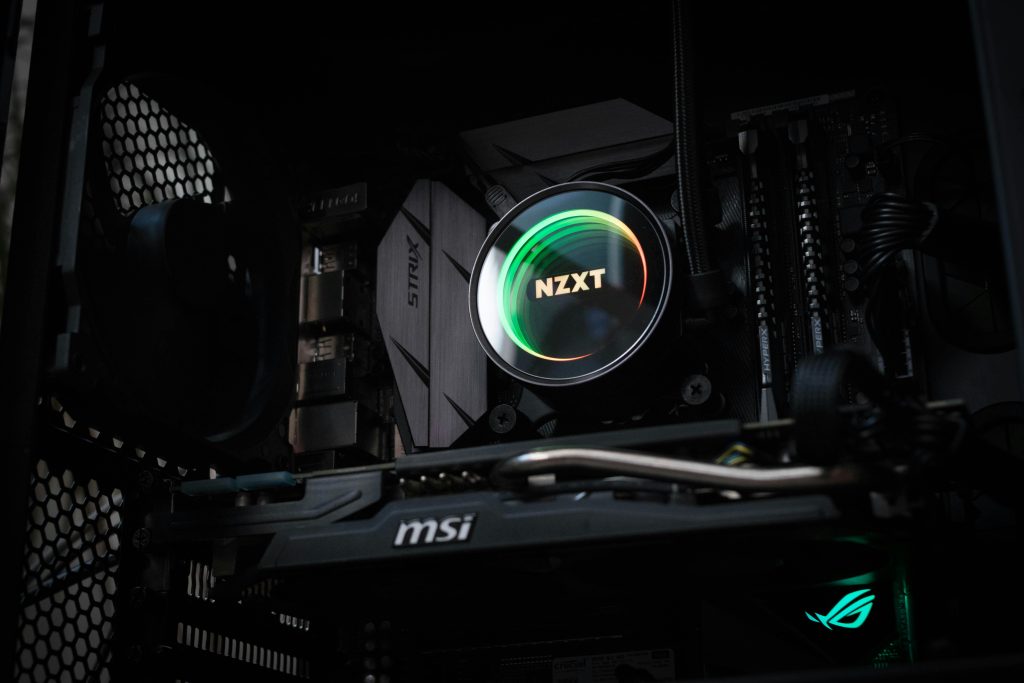Understanding and Resolving Data Access Issues After Hard Drive Replacement: A Guide for Personal and Business Users
Introduction
Upgrading or replacing a computer’s hard drive can significantly enhance performance and reliability. However, this process sometimes leads to unexpected data access and software functionality problems. If you’ve recently replaced a hard drive and are experiencing issues with restoring or accessing your backup files, this article aims to provide insights into common challenges and potential solutions.
Scenario Overview
Consider a case where an individual replaced a Dell Inspiron desktop experiencing sluggishness with a new, high-spec laptop. The service provider, perhaps misunderstanding the user’s needs, replaced the hard drive of the old PC but only backed up data files onto an external drive and then transferred them back to the system. Subsequently, the user found that their essential software had been removed, and attempts to restore data files, including those from backup services like Carbonite, proved unsuccessful.
Common Challenges Post-Hard Drive Replacement
- Incomplete Data Restoration
When replacing a hard drive, it’s crucial to ensure that backup and restore procedures are correctly followed. Partial restores or conversions may leave behind corrupted or inaccessible files.
- File Compatibility and Format Issues
Data files from programs like QuickBooks or other proprietary software may not be directly readable if the files are corrupted, improperly transferred, or incompatible with current software versions.
- Backup Service Limitations
While cloud backup services like Carbonite offer reliable data protection, restoring large datasets can sometimes stall or fail, especially if the backup was interrupted or if there are network issues.
- Hardware Compatibility and BIOS Errors
Reinstalling an old hard drive into the original system without considering BIOS settings might result in errors, further complicating data retrieval.
Strategies for Successful Data Recovery and System Restoration
- Verify Backup Integrity
Before proceeding with complex recovery attempts, confirm that your backups are complete and intact. If possible, test restoring smaller files to ensure the process works as expected.
- Use Dedicated Data Recovery Tools
Employ specialized data recovery software designed to scan external drives and recover inaccessible files. Popular options include Recuva, EaseUS Data Recovery Wizard, or Stellar Data Recovery.
- Confirm Software Compatibility
Ensure that your application versions (e.g., QuickBooks) are compatible with the data files’ format. If files are corrupted, consider consulting with professionals who specialize in repairing or converting such files.
- Troubleshoot Backup Restoration
If cloud backups like Carbonite freeze or stall, check network stability and try restoring smaller portions
Share this content:



